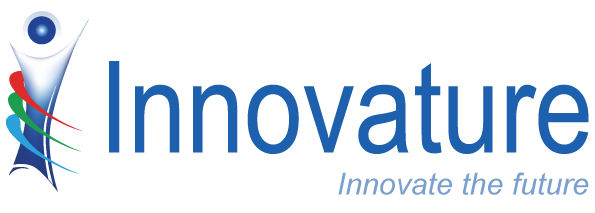AI-Driven Face Recognition: Automates Payroll And Attendance
In a Nutshell
A major financial institution in Japan partnered with Innovature to digitize and automate its employee attendance and payroll systems using facial recognition technology. The result? A 56% reduction in manual effort, a 40% boost in team efficiency, and complete elimination of security concerns like buddy punching.
In a Nutshell.
A major financial institution in Japan partnered with Innovature to digitize and automate its employee attendance and payroll systems using facial recognition technology. The result? A 56% reduction in manual effort, a 40% boost in team efficiency, and complete elimination of security concerns like buddy punching.
CONTACT US
Interested to know more?
Inside the Opportunity
- The client was growing fast, so was their workforce.
- Manual attendance and payroll processes were consuming up to 40% of the HR team’s time, leaving room for errors and inefficiencies.
- Security concerns, such as buddy punching and tailgating, pose risks, especially in high-trust, high-compliance industries like finance.
- The client needed a biometric-based, tamper-proof system to automate time tracking and payroll, cut down errors, and boost accountability.
Inside Innovature’s Thinking
- Our engineers deployed a facial recognition attendance system that mapped employees’ biometric profiles to ensure accurate tracking.
- Enabled real-time attendance logging and working hour analysis with zero manual input.
- Integrated payroll preparation based on verified work hours—automating the entire process from check-in to paycheck.
- The system prevented buddy punching and tailgating, ensuring only authorized individuals could log attendance.
- The lightweight software was rolled out rapidly, aligning with the client’s tight go-live timeline.
Inside the Impact
56%
40%
Zero
Client Overview
Our client is a major financial service company in Japan. Also, a bank holding company, helps other companies to be made into subsidiaries under the Banking Law. With the business purpose of conducting business that can be done, they carry out business management, necessary to improve the management efficiency of the Group and to realize the combination of features and strengths in business fields and functions.
Problem Statement
The exponential growth and the increase in their employee count made it difficult for the company to mark the attendance and calculate the payroll manually. This process of marking attendance, identifying productive working hours, and preparing payrolls based on the same consumes 40% of the teams’ total working time. The chances of a miss-match and the margin of errors can be high in such a scenario. An online platform that automates employee attendance tracking and can forecast and prepare payrolls with the minimum human intervention will reduce the margin of errors and give highly reliable data.
Our Solution
Innovature proposed a tracking system where employee personal details and their physiological characteristics are mapped onto their respective profiles and equipped to track the activities. The system enables the company to stay connected with their employee and monitor everything about them inside the company, thus bringing a considerable end to the time-theft activities. The Software enables the accurate tracking of employee working time and, the company can pay their employees based on the same.
The system provides accurate and reliable employee attendance. Also helps to resolve buddy punching as it is one of the serious problems faced by many companies with outdated security and tracking systems. Generally, most of the employees will try to save their buddies to get full attendance by punch instead of them. But when it comes to face recognition in Biometric Attendance System, one could not make it possible. Therefore, it is the best technique to follow.
Client Benefits
The implemented tracking system brought numerous benefits to the client. Firstly, it significantly reduced the need for human intervention by an impressive 56%. By automating the attendance tracking and payroll calculation processes, the system saved valuable time and resources for the team. In fact, approximately 40% of the team’s productive time was saved, allowing them to focus on more important and strategic tasks. Moreover, the system successfully resolved security issues such as buddy punching and tailgating, enhancing overall security measures within the company.
The advanced face detection technology prevented unauthorized access and eliminated the practice of buddy punching, ensuring accurate attendance records. Lastly, the solution was delivered within a short timeframe, meeting the customer’s release plan. These benefits combined improved operational efficiency, increased productivity, enhanced security, and timely implementation for the client.










